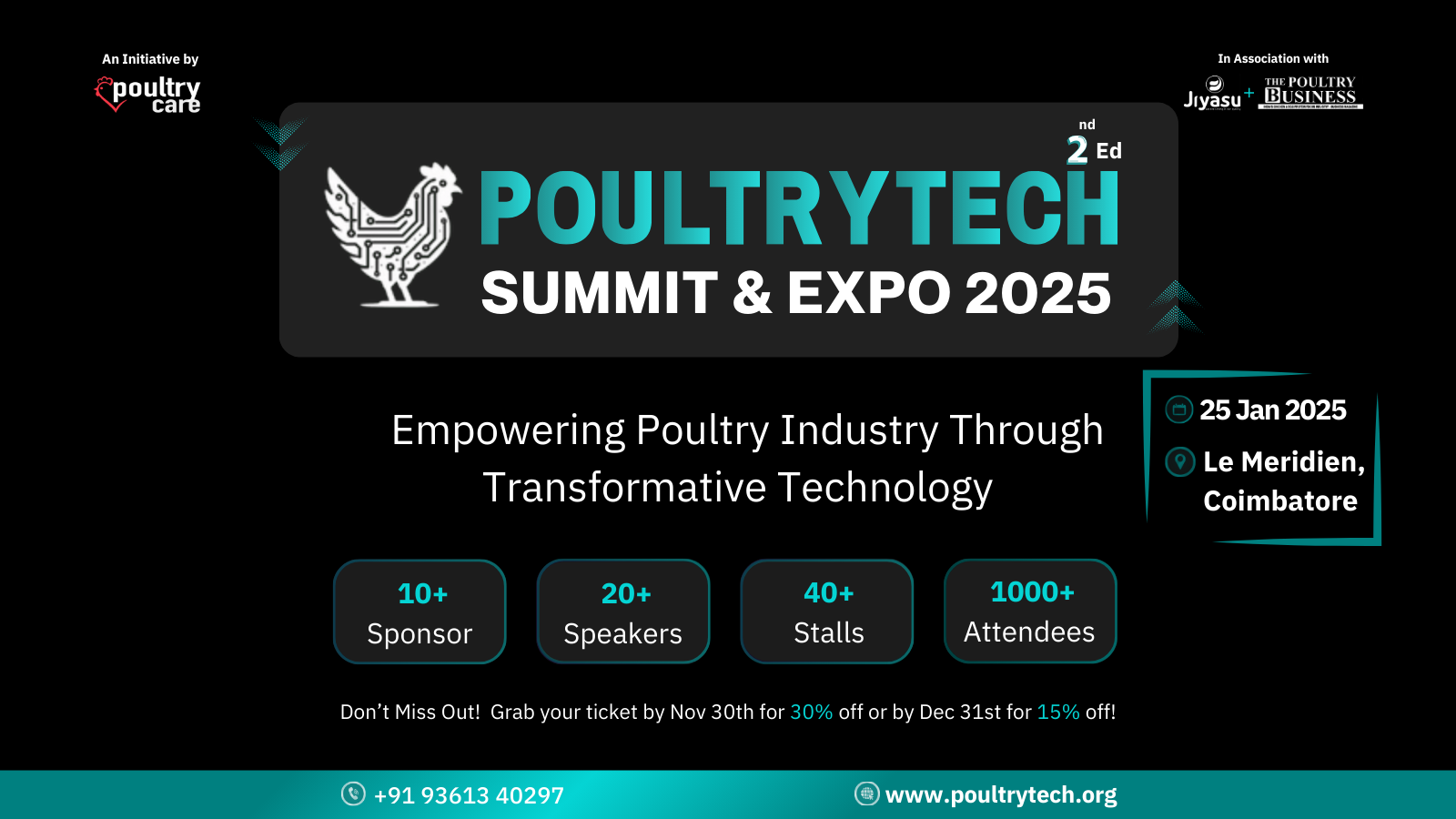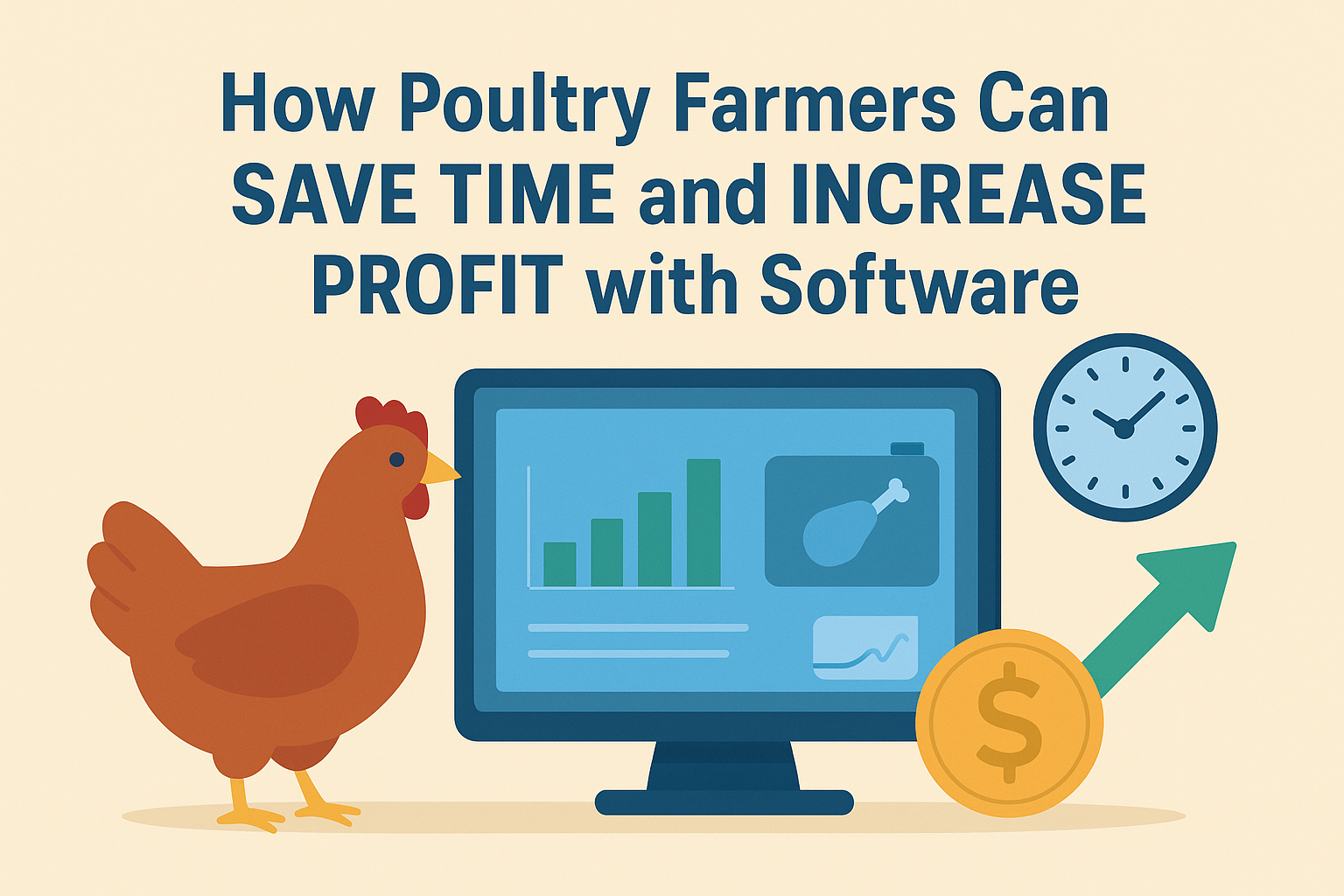FARM HISTORY AND FUTURE PLANNING
Poultry rearing has always been an integral component of livestock production system in India. Poultry production in India has taken a quantum leap in the last four decades, emerging from an entirely unorganized and unscientific farming practice to a commercial
production system with state-of-the-art technological interventions.
INFRASTRUCTURE PLAN
The demand for modern poultry infrastructure in India is fuelled by an increase in the size of the poultry farms. Previously poultry farms had production of only a few hundred birds (200-500 chickens) per cycle. However presently, poultry units with fewer than 5,000 birds are an exception with the majority of the farms breeding more than 500,000 birds. Similar is the case with layer poultry farms.
Basic tenets of Poultry farming
The location and design of the farm shall comply with the State Pollution
Control Board.
The farm shall not be located at least 100 meters from any major water drinking source and 500 meters from any other livestock / poultry farm enterprise.
The farm should be fenced with barbed wire/ concrete boundary wall upto height of 8 feet with appropriately secured entrance and outlet. The farm shall raise green belt all round with minimum of two rows spaced apart of not more than 3 meters. Proper drainage / outlet for collection and discharge shall be provided for
storm runoff / waste discharges (possibly explore the tenet of rain water
harvesting).
No obstruction shall be created for any water course within the farm or
outside the farm boundary.
Basic tenets of Poultry housing
Shall be located on a fairly raised and properly drained site not liable to
flooding.
The long axis of the house faced east-west direction, to avoid direct sunlight in areas which experience heat and draught in most part of the year.
The long axis to be North-South if the farm is located in cold region Length depends on number, type of birds and system of rearing. Width not to exceed 9m or 30ft) to avoid ammonia accumulation in the shed.
GENERAL MANAGEMENT
Poultry production is highly dynamic in terms of structural and management changes. In today’s business environment, faster the ability to adapt to the changing system requirement, faster is the growth. However sustainability often requires dependence on other sectors like feed/ingredient inputs and processing facilities. In India, poultry sector growth may be attributed to many factors like rising incomes and a rapidly expanding middle class, together with the emergence of vertically integrated poultry producers that have reduced consumer prices by lowering production and marketing costs. Integrated production, market
transition from live birds to chilled and frozen products, and policies that ensure supplies of competitively priced corn and soya bean are keys to future poultry industry growth in India. Further, disease surveillance, monitoring and control will also decide the fate of this sector. Concurrently, India’s unorganised and backyard poultry sector is also one of the potent tools for subsidiary income generation for many landless/ marginal farmers and also provides nutritional security to the rural poor.
PREPARATION OF SHED BEFORE BROODING
Spray an insecticide just after the old birds have been removed. Remove all the non-stationary equipment and residual feed from troughs and bins.
Eliminate all rodents and wild birds if any. Remove all the manure, litter, feathers, cobwebs, dust, and any other organic materials by scrapping with hard brush.
Remove all weeds and rubbish from the area outside the house, burn feathers, etc.
Remove dust/ feathers from wire mesh, crevices, cracks, cages and floor
using flame gun.
BREEDS
Definition of breeds vary and has been debated extensively. Largely we adopt the following version. Breeds are either,
(a) a sub-specific group of domestic livestock or birds with definable and
identifiable external characteristics that enable it to be separated by visual
appraisal from other similarly-defined groups within same species; or
(b) a group for which geographical and/or cultural separation from phenotypically similar groups has led to acceptance of its separate identity.
BREEDING MANAGEMENT
BREEDING SCHEMES
The production of commercial chicks does not happen by chance, but is the outcome of systematic and time consuming scientific breeding. Breeding is a never-ending search for perfection. Success in any breeding programme depends on the way a breeder exploits the natural variation in birds for making a proper selection of stock chosen for crossing. It takes approximately eight years to breed, select and develop a new genetic line, to rigorously test it under different condition and to launch it as a new commercial product.
GLOSSARY OF BREEDING
PURELINE is basic stock which produces hybrid, when crossed with other line or breed. Pure line and also produce multiplication of stock, grandparent and parent when matted according to a scheme.
GRAND PARENT are the pure line bird basically, but cannot be utilized either to produce pure line or grand parents, they can only produce parents.
PARENT can produce only commercial hybrid in specific combination with another line or breed.
COMMERCIALS are final hybrid reared either to produce egg or chicken.
NONE of the stock can physically recognized, the utility of grand parent, parent, commercial, is limited by the economical age of the birds and have to be produced from predecessor generation stock.
ERP Software Application
PoultryCare ERP hosted on cloud Software as a Services (SaaS) based application, which offers many potential advantages over the traditional models of business software installation. You can start with basic modules and include more while you grow!
Software as a Service (SaaS)
- Quick setup and deployment
- Scalability and integration
- Continues and easy upgrades
- Lower setup and service cost
- Access from any device / anywhere





